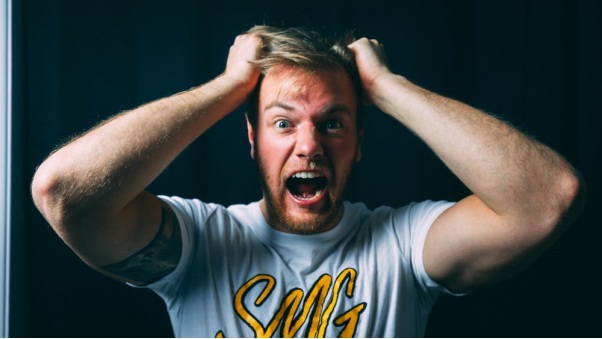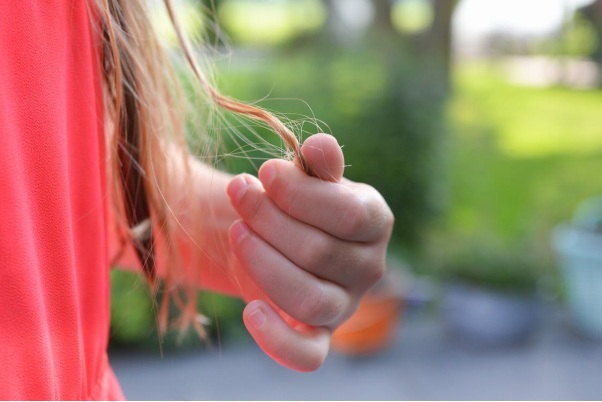Trichotillomania, also known as “hair-pulling”, belongs to the family of obsessive-compulsive disorders. It not only involves the act or urge of pulling out one’s head hair but has also results in body and facial hair loss.
Here’s how compulsive hair-pulling is diagnosed from a mental health perspective.
Detecting Early Signs of Trichotillomania
There are many ways to diagnose trichotillomania in suffering individuals before the loss of hair becomes too obvious. The therapist may:
- Use the criteria laid out in DSM-5 by the American Psychiatric Association.
- Diagnose underlying problems that may be causing the sufferer to pull at their hair. For example, a person may take to pulling at their hair over the loss of a loved one.
- Apply a process of elimination with all probable causes to weed out the anxiety, stress, depression, and obsessive-compulsive disorder that’s making it worse.
- Ask questions related to their interaction with hair to uncover whether they feel relief after pulling and tension and anxiety while resisting the compulsion. Habits like biting or chewing the hair, in addition to other symptoms, might lead to an official diagnosis.
Interventions for a Hair-Pulling Disorder
You can have trichotillomania as early as 10 years of age. Like any mental illness that requires professional help, hair-pulling also has negative effects on your day-to-day.
In many cases, treating the underlying cause might stop the urge to pull your hair. For instance, treating anxiety might rid the sufferer of all but involuntary behavior.
Therapists and mental health experts recommend medication, Cognitive Behavioral Therapy (CBT), and support groups to treat any stress-based disorder.
Alternative Therapy: Hypnosis
Hypnosis involves putting the participant, in this case, the puller of hair, under a suggestive state. As a technique with success in alleviating pain and subconscious anxiety, hypnosis is a CBT that’s been effective in treating trichotillomania in conjunction with other forms of therapy.
A subconscious mind healing strategy like hypnosis has the ability to bring a turnaround in the sufferer’s habits. It can:
- Help discover the triggers leading to pulling.
- Control conscious reaction to said triggers.
- Resolve underlying issues, if any, that are making the hair-pulling worse.
- Motivate the participant to make positive changes to their lifestyle.
Think You Have Trichotillomania? Let us Help!
Hypnosis is a highly effective therapy option for undesirable habits. It involves putting the participant in a state where they’re open to suggestions and willing to follow through. These suggestions involve losing weight, overcoming phobia, getting over anxiety, and even managing pain.
If you think you display some of the above behaviors, see us online or visit our center in Rochester, New York.
Get in touch for a free consultation on subconscious mind healing techniques.



Be First to Comment